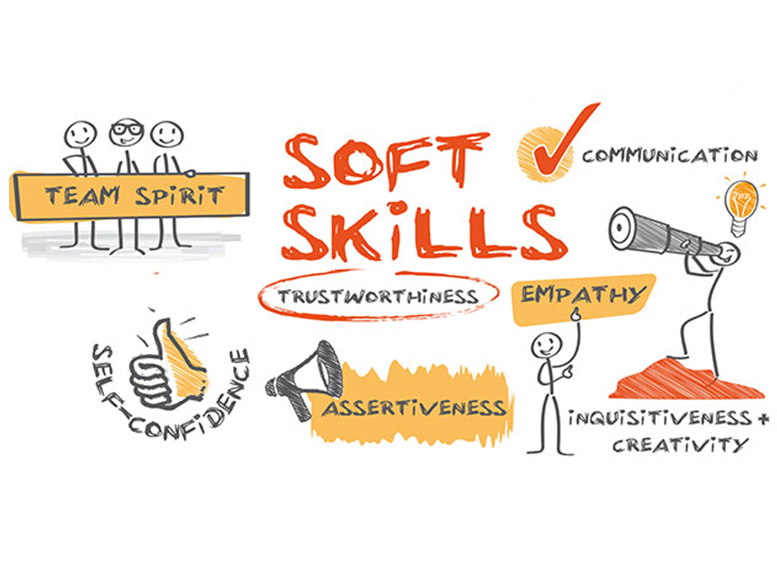How many times in the last six months have you said “yes” to something you really didn’t want to do? Or allowed yourself to be burdened with meeting expectations that were unreasonable or out of your control? Or avoided saying something when a person or situation made you uncomfortable? Most of us have been in one or more of these situations at some point. We kick ourselves afterward for acquiescing, yet may rationalize it by the desire to be “seen as a team player,” or, not wanting to “hurt someone’s feelings.” Here’s the problem with this. We teach people how we want to be treated. And when we keep saying “yes” when we’re thinking “no” and don’t set and communicate our limits – our boundaries – people are going to keep asking us, and expecting us, to do things we don’t want to do, or to do more than originally agreed. (Can we say “scope creep?”) Eventually we become resentful. And when we finally draw the line, it may not be pretty. Better to set, communicate and maintain your personal boundaries up front. Here’s how.
Be self-aware. Knowing your boundaries starts with understanding your values and what’s important to you. If having personal downtime in the evening or family time on the weekend is important to you, then you would want to make it clear that you’re offline in the evenings and not working on weekends. Difficult, I know, in this always-connected work environment. And, this environment was created by all of us who said “yes” to being always connected and working a ridiculous number of hours in the week (including weekends!) It’s up to us to change it.
Set your boundaries. Decide what your boundaries are. Prioritize them. Write them down. Internalize them. Practice saying them in front of the mirror. Give yourself permission to have boundaries and acknowledge the benefits – more respect from others; more respect for yourself; less stress and anxiety and/or feelings of resentment; more free time; more time to focus on the projects you want to do, etc.
Communicate them. Be direct. If you don’t want your boss and co-workers contacting you at all hours, be specific about the times you’re available. On projects, manage others’ expectations up front with regard to what you’re capable of and the timeframe in which you can achieve it. Be very clear about scope, and the cost – in time, dollars or other work – when scope expands beyond that.
Learn to say no. Saying “no” is hard, especially when it’s to your leader, or to someone whose relationship you value. Yet as workplace communication consultant Diane Amundson says, “Good bosses appreciate employees who have the confidence to say no.” It’s all in how you frame it.
Challenge the stories that hold you back. Think about times in the past when you’ve said “yes” and later regretted it. Or allowed yourself to be taken advantage of. What held you back from being more direct? Fear of losing your job? Fear of disappointing the other person? Most people are unaware of how their actions impact us unless we tell them, and will appreciate being told what our limits are.
Be consistent. Once you’ve established and communicated your boundaries, work to maintain them. This will help educate others how to treat you, and will contribute to your well-being and peace of mind.
“I encourage people to remember that “No” is a complete sentence.” – Gavin de Becker
Till next time, Karen









